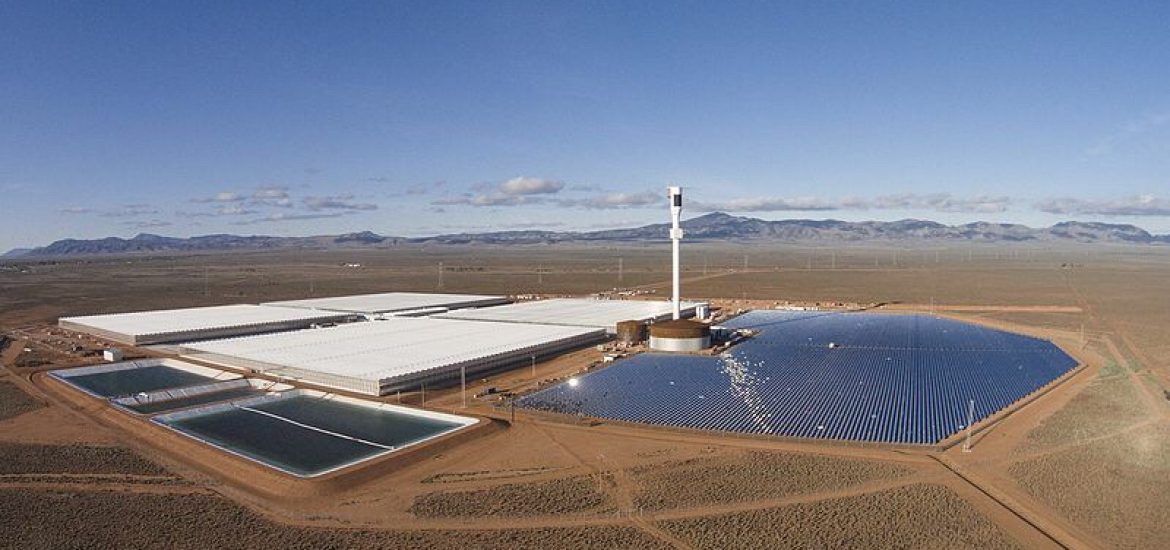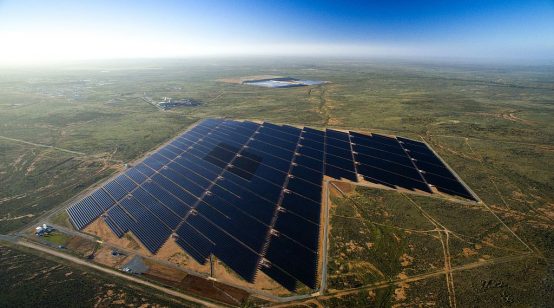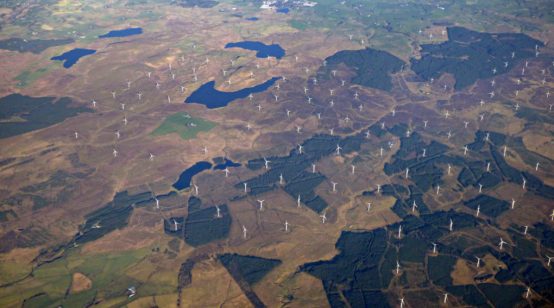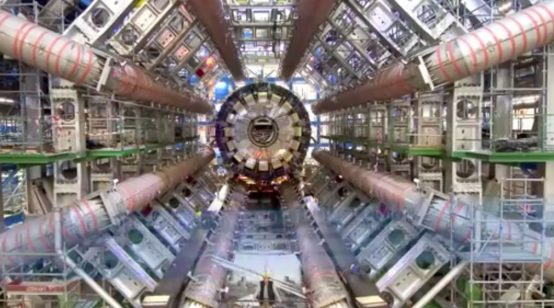
Australia’s top research agency has announced a hydrogen breakthrough that could create an export industry targeting Asia and beyond.
The Commonwealth Scientific and Industrial Research Organisation (CSIRO) in Canberra published a paper on a membrane technology that separates ultra-high purity hydrogen from ammonia, while blocking all other gases.
The development appears to overcome a limitation with hydrogen in that it is difficult and costly to store and move around.
“This technology will pave the way for bulk hydrogen to be transported in the form of ammonia, using existing infrastructure, and then reconverted back to hydrogen at the point of use,” said the CSIRO.
The report warns that Australia should be ready for market competition, as countries like Norway and the United States and West Asian states will be eager to exploit the technology.
Exporting hydrogen could contribute US$1 billion and provide 2,800 jobs to the Australian economy by 2030, according to the Australian Renewable Energy Agency (Arena) and ACIL Allen Consulting.
Their report released by the Australian government’s chief scientist, Dr Alan Finkel, said: “Australia’s availability of land, high-quality renewable energy resources and fossil energy resources located close to potential carbon sequestration sites, position Australia well for becoming a key exporter in a future global hydrogen market.
“Australia’s well-established reputation for undertaking large-scale projects and being a reliable supplier of conventional energy resources also reduces risks particularly for first movers in this space. This further reinforces Australia’s position as a favoured potential hydrogen trading partner.”
The researchers target Japan, China, South Korea and Singapore as prospective markets for Australian hydrogen by 2025.
“The sector is still in its infancy which places Australia in a prime position to utilise its abundant renewable resources, as well as proven track record of exporting energy and strong relationships with energy importers to become a major player in exporting hydrogen to Asia and around the globe,” said Arena CEO Ivor Frischknecht.
Exporting hydrogen would benefit regional communities as hydrogen production centres were likely to be close to the supply of renewable energy, particularly large solar farms, Arena said.
The world currently produces around 55 million tonnes of hydrogen, almost entirely for non-energy uses, but the sector is expected to expand as a means to store renewable energy.
Shell’s Sky Scenario estimates that by 2040 hydrogen will emerge as a material energy carrier and hydrogen consumption reaches 25 per cent of all transport demand and 10 per cent of global final energy consumption by 2100.
Australia is only just beginning to tap its renewable potential. Picture credit: Wikimedia





